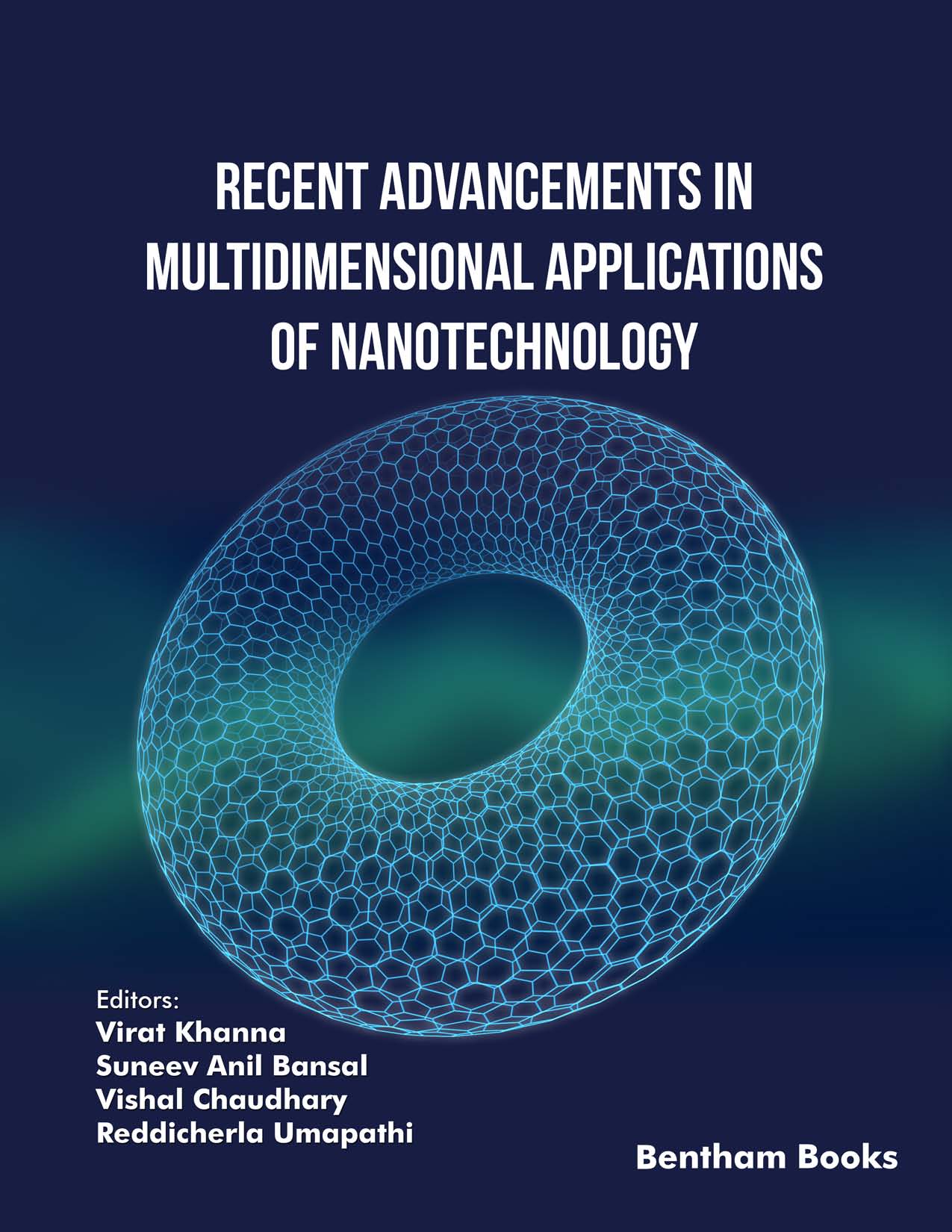Preface
In this rapidly evolving field, nanotechnology has emerged as a powerful tool with endless possibilities. This book aims to provide a comprehensive overview of the latest advancements and applications of nanotechnology across various dimensions. It covers a wide range of topics, from electron microscopy to biogenic synthesis methods, from energy applications to agro-nanotechnology, and from nanotherapeutic strategies to nanosensors for virus detection.
Chapter 1 explores the remarkable capabilities of the electron microscope for qualitative and quantitative analysis of nano-materials. It sets the stage for subsequent chapters that delve into specific applications of nanotechnology. Advancements in perovskite nanomaterials for advanced energy applications are discussed in Chapter 2, emphasizing their significance in the quest for sustainable energy solutions. Chapter 3 explores the current developments in the use of copper oxide nanoparticles in the oil and gas industries, highlighting their potential for enhancing efficiency and performance. In Chapter 4, the application of nano-coatings to combat hot corrosion of metallic substrates is examined, presenting an innovative approach to protect materials subjected to extreme conditions. Agro-nanotechnology, discussed in Chapter 5, presents a promising pathway towards sustainable agriculture, where nanotechnology is harnessed to enhance crop production and mitigate environmental challenges. The impact of economic natural dyes on the performance and efficiency of TiO2 nano-structure solar cells is explored in Chapter 6, uncovering new possibilities for greener and more efficient solar energy generation. Chapter 7 investigates the effect of annealing conditions on chemical bath-deposited CdTe thin films, offering insights into optimizing thin-film deposition processes. Chapter 8 highlights the biomedical necessities and green future of metallic nanoparticles, revealing their potential in various healthcare applications. Chapter 9 focuses on the production of silver nanoparticles with enhanced cytotoxicity and biological activity from Kalanchoe Gastonis-Bonnieri leaf extract, opening avenues for novel therapeutic approaches. Chapter 10 provides an overview of recent biogenic synthesis methods of metal nanoparticles and their applications, showcasing the potential of nature-inspired approaches in nanotechnology. Chapter 11 takes a step further by benchmarking different CNN architectures on a COVID-19 dataset, highlighting the role of nanotechnology in addressing public health challenges. Finally, Chapter 12 explores the application of novel nanotherapeutic strategies in treatment through herbal medicines, presenting an exciting fusion of traditional and modern medicine.
Readers of this book will gain a comprehensive understanding of the recent advancements in nanotechnology and its multidimensional applications. From the fundamentals of electron microscopy to cutting-edge developments in nanotherapeutics and biogenic synthesis methods, this book offers a broad perspective on the field. It equips readers with the knowledge to explore new possibilities, drive innovation, and contribute to the advancement of nanotechnology across various domains.
We hope that this book serves as a valuable resource for researchers, scientists, academicians, and students interested in nanotechnology and its applications. It is our sincere belief that the knowledge shared within these pages will inspire further research, foster interdisciplinary collaborations, and contribute to the realization of a more sustainable and technologically advanced future.
Virat Khanna
University Centre for Research & Development
Chandigarh University
Punjab, India
Suneev Anil Bansal
ELFROU Inc
Gurgaon, India
Vishal Chaudhary
Bhagini Nivedita College
University of Delhi, Delhi
India
&
Reddicherla Umapathi
NanoBio High-Tech Materials Research Center
Department of Biological Engineering
Inha University, Incheon
South Korea

